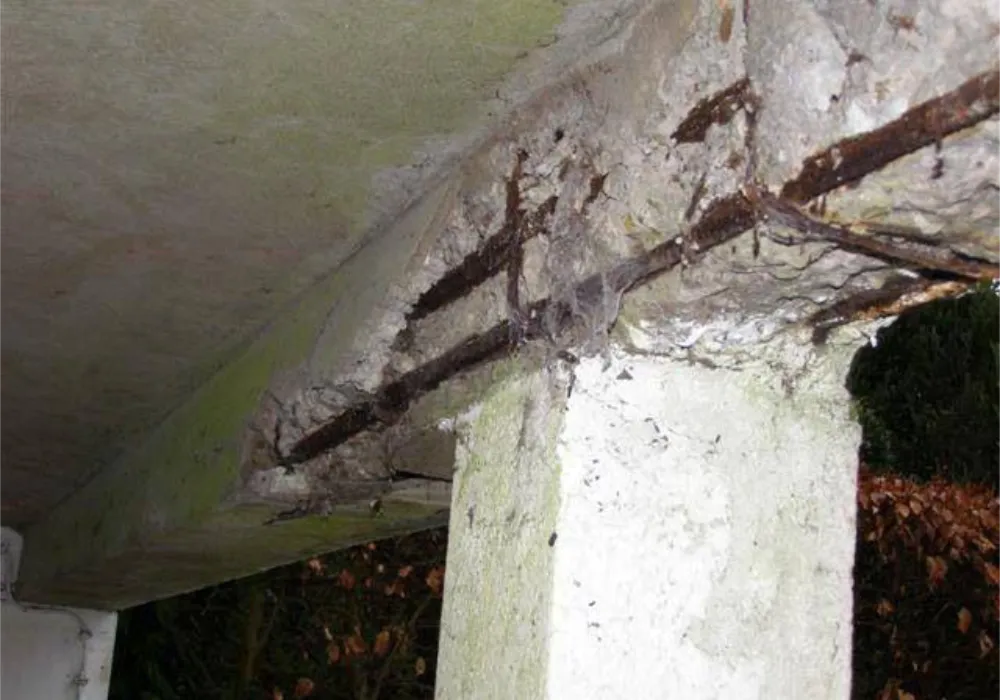
Let’s Talk About Repair with Ronacrete. It’s no secret, that concrete is one of the most consumed materials in the world. Concrete is all around us, and has been for thousands of years, but like anything, over time it begins to deteriorate. Whether it is due to environmental factors, chemical damage, or wear and tear; there are various reasons that concrete deteriorates.
It’s not all doom and gloom though, fortunately, with the right repair systems in place, we can restore the integrity of these structures and expand their lifespan. Think of it like a refresh, a boost to extend the longevity of the concrete.
We are going to discuss concrete repair solutions with Ronacrete, a world-renowned brand that provides high-performance, excellent quality products for professional applications.
Let’s see what the most common causes of concrete deterioration are:
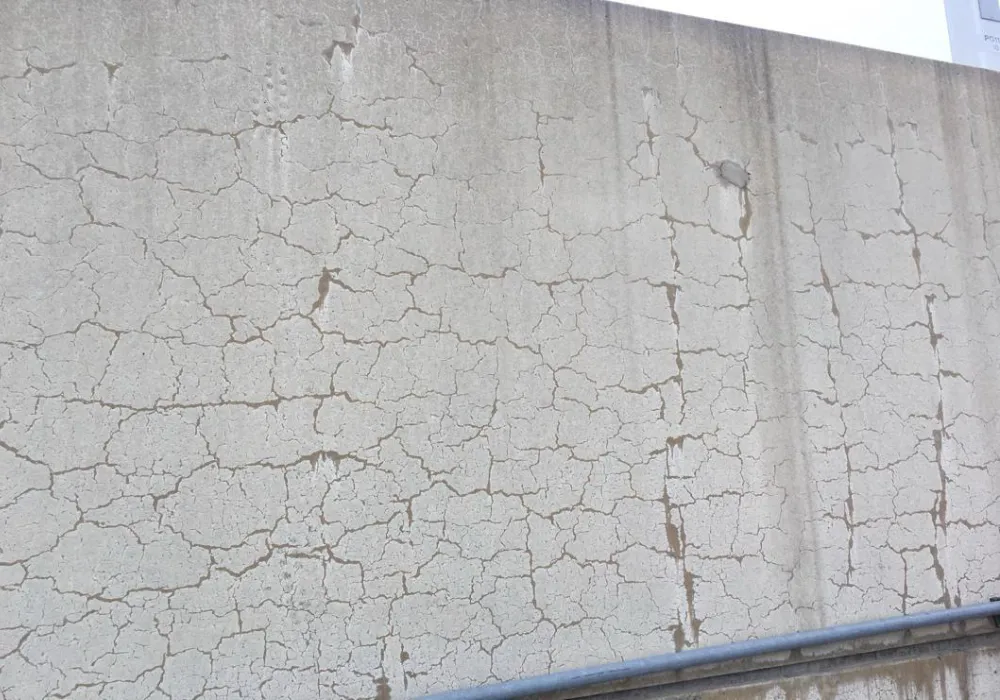
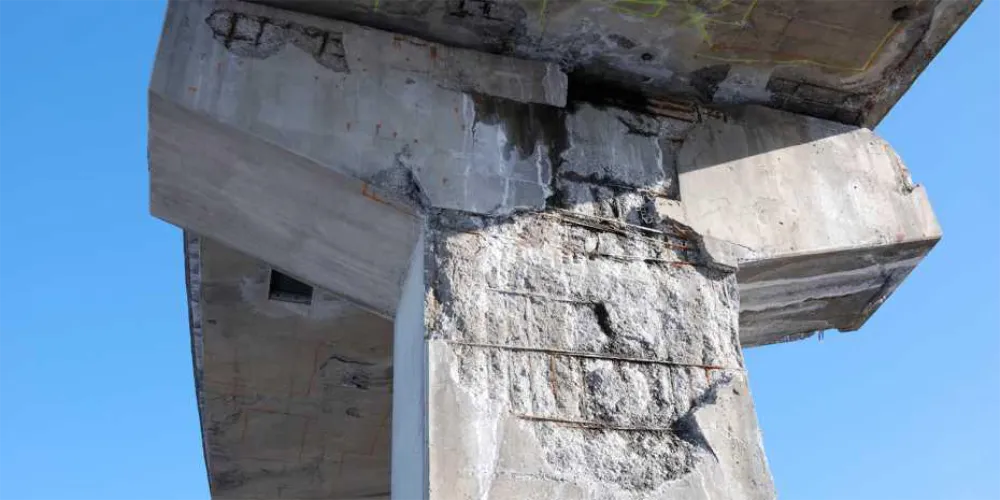
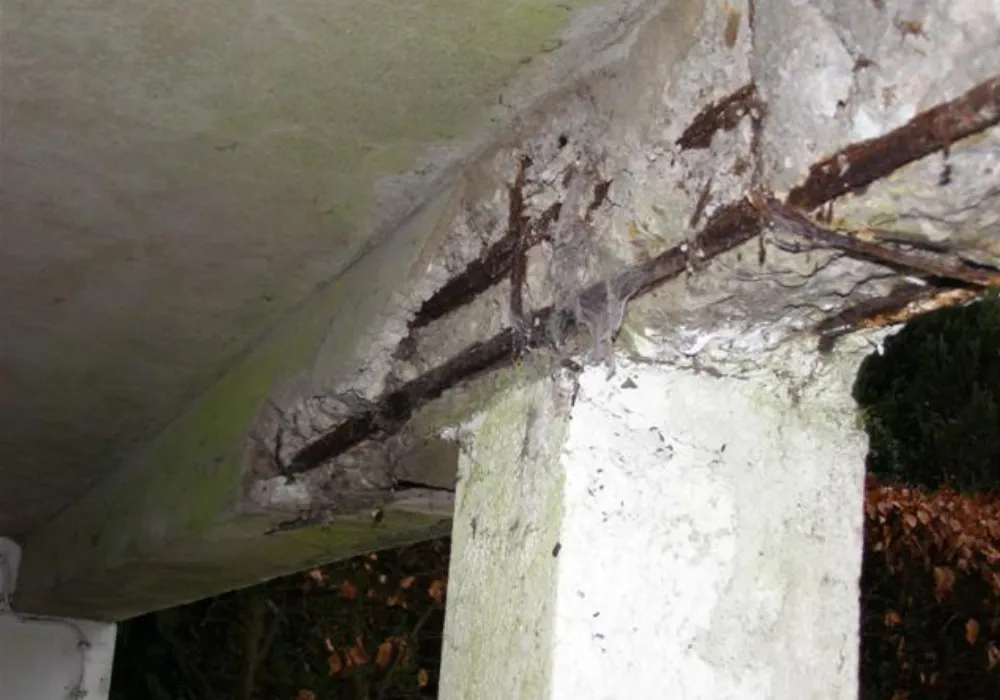
It’s cliché, but it’s true, preparation is key. Effective surface preparation ensures that the repair mortar adheres properly and performs as expected.
Here are some pointers when it comes to how to do a concrete repair job:
Ronacrete have a variety of repair mortars that are designed for various applications. Choosing the correct one depends on the required compressive strength and repair conditions.
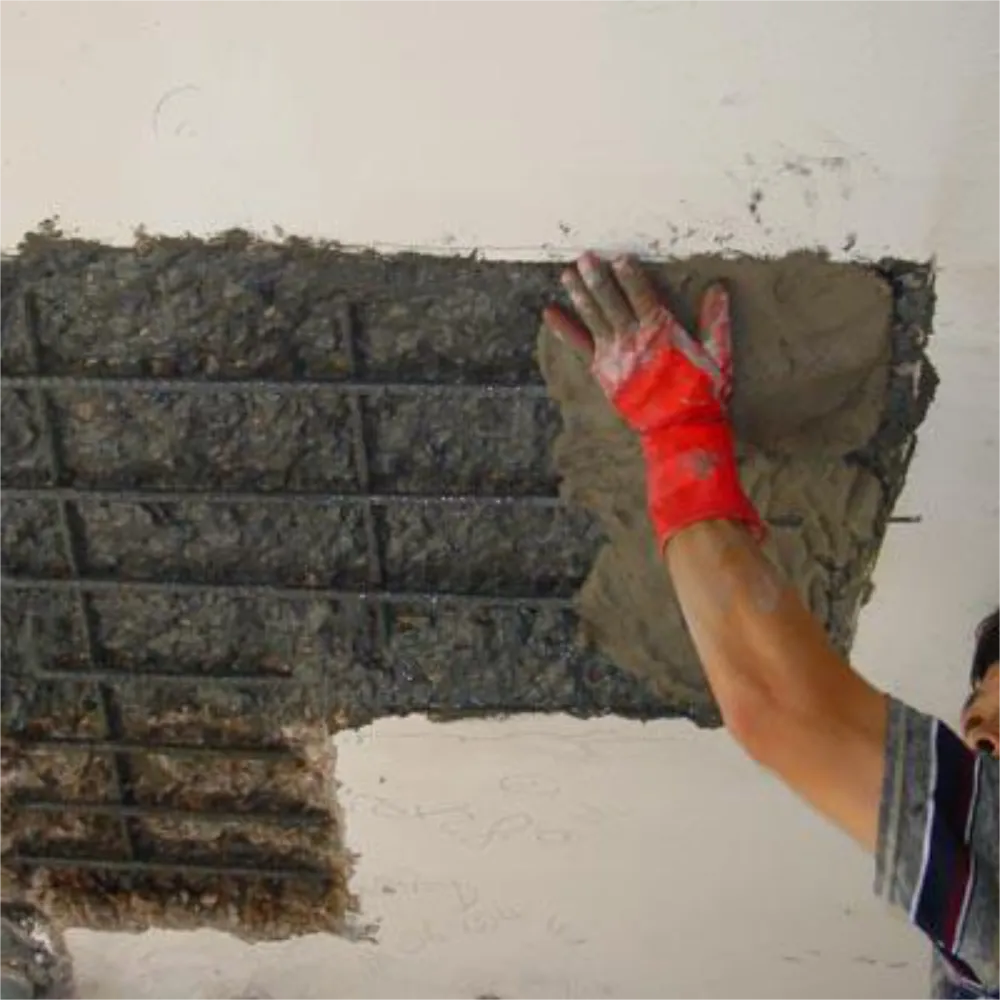
Let’s Talk About Repair with Ronacrete. For all repairs, Ronacrete’s Curing Membrane or polythene sheeting is recommended to ensure proper curing.
For damaged surfaces that require a smooth, even finish, levelling mortars are essential. Ronacrete offers options such as RonaBond EasySkim FC, a surface levelling mortar that can be applied as a thin 1-3mm levelling coat, and RonaBond Concrete Cover Elastic, which provides increased equivalent concrete cover to reinforcement, improving protection from CO2 diffusion.
Ronacrete not only provides solutions to repair damaged concrete but also offers products that can protect concrete from future deterioration.
For those in industries needing fast repairs, Ronacrete’s rapid set floor repair mortars are the ideal option. Whether it’s the RonaFloor Repair 1 Hour or RonaScreed Mortar, these ultra-rapid repair systems allow concrete floors to be put back into service in as little as one hour, with light vehicle traffic possible after just two hours.
RonaFloor KSF is another quick-setting option, ideal for smaller patch repairs and requiring no primer.
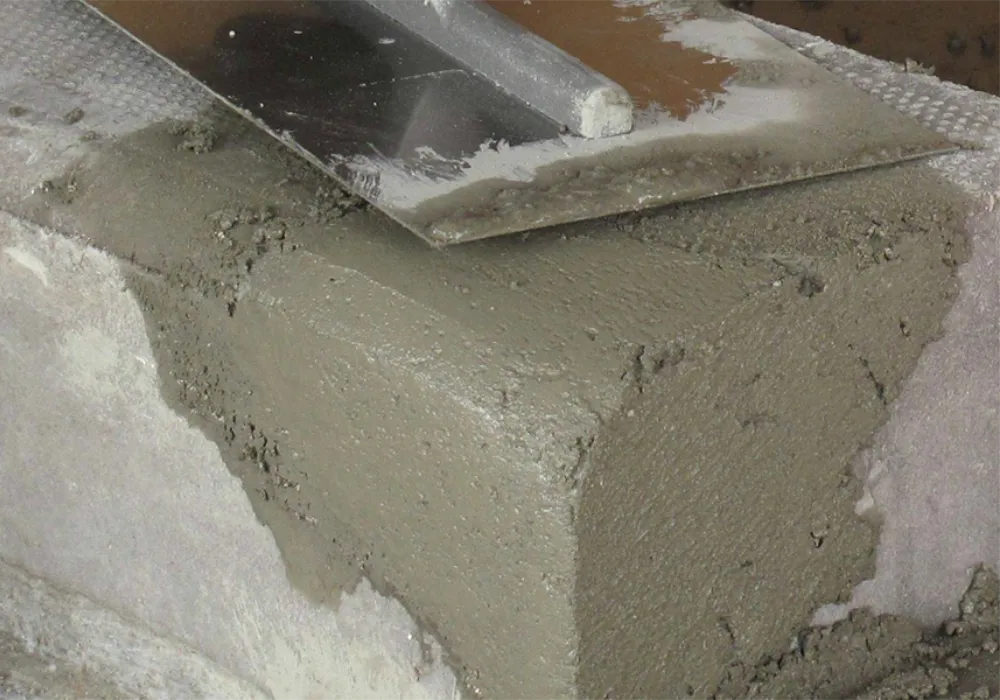
For industrial environments where durability and chemical resistance are paramount, Ronacrete’s epoxy-based repair systems provide the necessary strength and resistance.
Ronacrete provides excellent concrete repair solutions designed to restore the integrity of your concrete structures and protect it in the long term.
Queens Avenue, Macclesfield SK10 2BB
UK Company Reg No: 14483832
VAT Reg No: 428308593